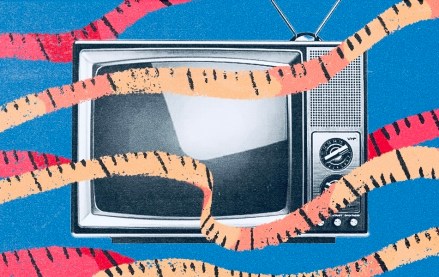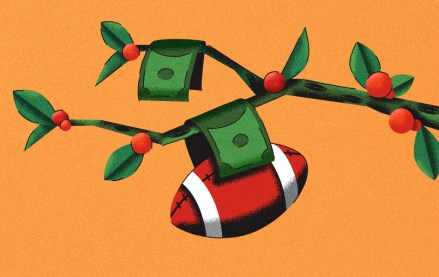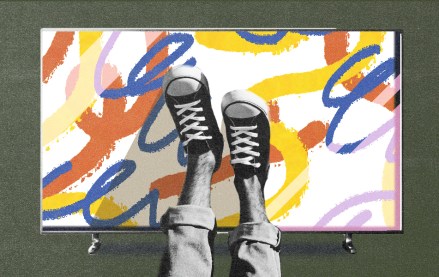
There’s a paradox in digital media: Users are bouncing around from site to site, faster than ever, but more publishers are choosing to shove content farther down the page in favor of huge images.
Sites like Medium, The Atlantic, Quartz and ReadWrite, to use a few examples, have all created desktop designs with large, gigantic images that largely obscure the content below them. Visit these sites from social media, and prepare to scroll to actually see written content.
The trend is a new one for publishers, which have previously focused on optimizing their designs around the “fold,” the top 650 pixels of their sites. A holdover from newspapers, the theory of the fold held that publishers should pack the tops of their sites with the content that would most likely get readers to read and click more. It’s also the area where advertisers have been most interested in plastering their messages.
It can be a lovely reading experience. But it can also feel aggravating, particularly when you’re forced to scroll past a full-screen stock photo just to read the article you wanted. There is also the sameness of the approach. Every story on The Verge can feel of “Man Lands on the Moon” importance, even if it’s a throwaway piece.
“Most of the ‘long-form’ templates are all starting to look the same to me: oversized imagery that doesn’t help tell a story, pointless parallax effects, overuse of pull quotes and whatnot,” said Kevin Kearney, CEO of Hard Candy Shell.
But that’s not stopping publishers from going with dominant photography. Part of the rationale has to do with the decline of the homepage. Large photos are often used by publishers as a way of providing texture to a homepage and making a brand impression. The article page, in a homepage-dominant construct, has a more utilitarian purpose. But with most traffic now coming to article pages, it means article pages have to do more of the heavy lifting of homepages.

The noble pursuit of better reader experiences has led to an influx of Medium-like article templates, which are built around big headlines and even bigger images. Publishers like these designs because they feel more premium, and premium means bigger ad dollars. But designers say that these sorts of designs feel more tactical than strategic, particularly when publishers use the templates for stories that don’t really need them.
“Not every piece of writing needs to look or feel that grand,” said Geoff Teehan, co-founder of Teehan+Lax, which helped design Medium. “If you choose to have a site that uses a big template for every article, that’s not a great design choice. It’s a problem that you see in a lot of different places.”
There’s also the reader-experience issue. Clicking around the Web nowadays can be exasperating, requiring the constant scrolling past oversized images to get to what you want. The two can be balanced, said David Lerman, CTO of Say Media, publisher of ReadWrite and other digital publications with image-heavy article templates.
“On an article page, the user has presumably already chosen to engage with that story, so it’s then our job to give them a great reader experience,” he said.
More in Media

NewFronts Briefing: Samsung, Condé Nast, Roku focus presentations on new ad formats and category-specific inventory
Day two of IAB’s NewFronts featured presentations from Samsung, Condé Nast and Roku, highlighting new partnerships, ad formats and inventory, as well as new AI capabilities.

The Athletic to raise ad prices as it paces to hit 3 million newsletter subscribers
The New York Times’ sports site The Athletic is about to hit 3 million total newsletter subscribers. It plans to raise ad prices as as a result of this nearly 20% year over year increase.

NewFronts Briefing: Google, Vizio and news publishers pitch marketers with new ad offerings and range of content categories
Day one of the 2024 IAB NewFronts featured presentations from Google and Vizio, as well as a spotlight on news publishers.
Ad position: web_bfu